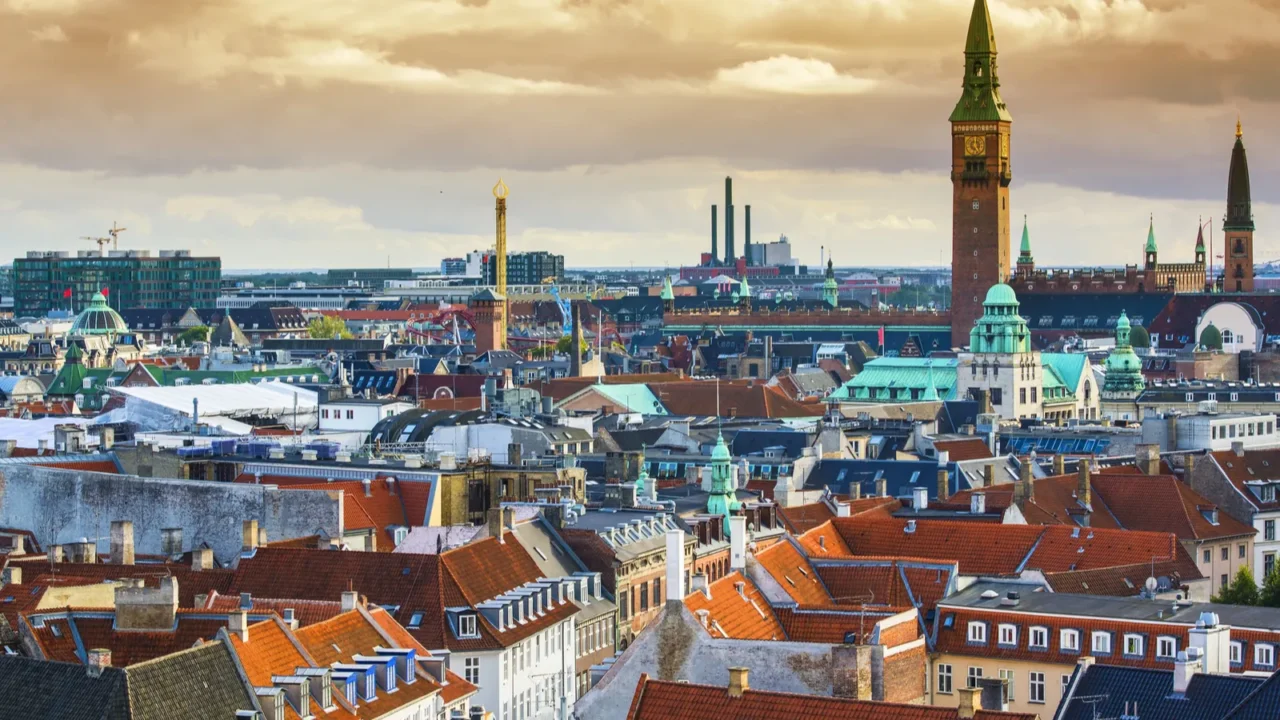
Copenhagen, the world’s happiest city
Copenhagen has been crowned the happiest city in the world for 2025. Its top ranking on the Happy City Index reflects its success in creating a thriving, sustainable, and inclusive environment for all its residents.
Known for its progressive policies and emphasis on citizen well-being, Copenhagen’s success goes beyond just the environment. It’s a perfect blend of innovation, health, education, and community that other cities are eager to emulate.
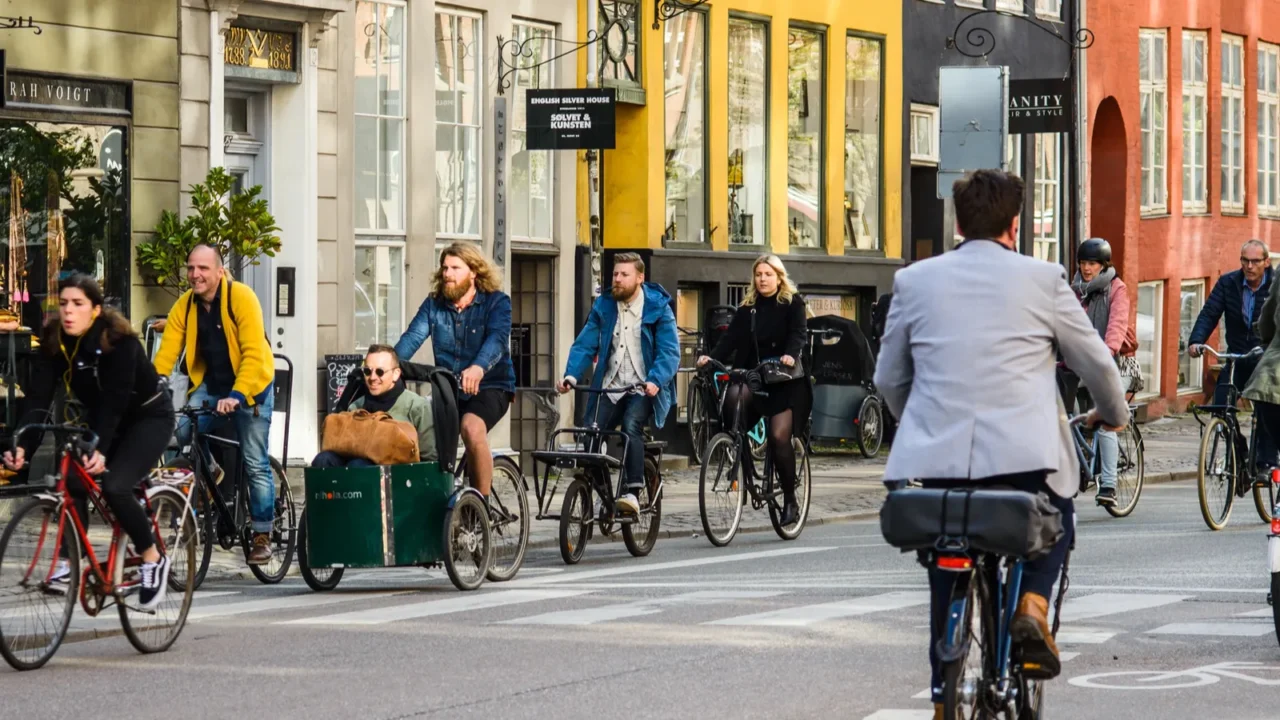
Focus on sustainability and green spaces
The city’s commitment to environmental sustainability stands out. Copenhagen is packed with green spaces, eco-friendly policies, and extensive waste management systems, all contributing to a cleaner, healthier city.
It promotes a lifestyle centered on nature, with countless parks and bike lanes that encourage outdoor activities, making residents happier. Whether cycling along the canal or enjoying the city’s parks, Copenhagen shows how urban planning can boost mental and physical well-being.
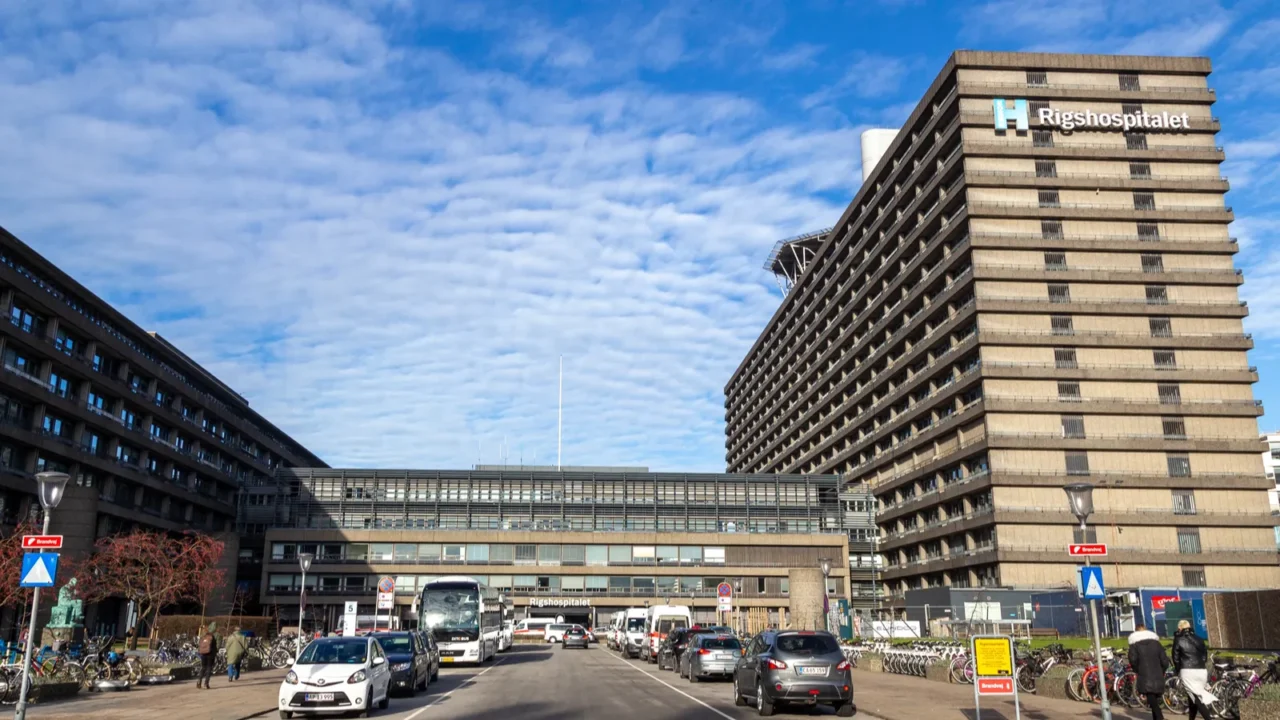
Universal healthcare for all citizens
Healthcare in Copenhagen is universal, meaning that every resident has access to high-quality medical care. With 4.4 doctors for every 1,000 inhabitants, healthcare isn’t just a service, it’s a foundation for happiness.
This system not only supports physical health but also reduces stress, knowing that everyone can access the care they need without financial barriers. Universal healthcare is one of the key elements that contribute to Copenhagen’s ranking as the happiest city.
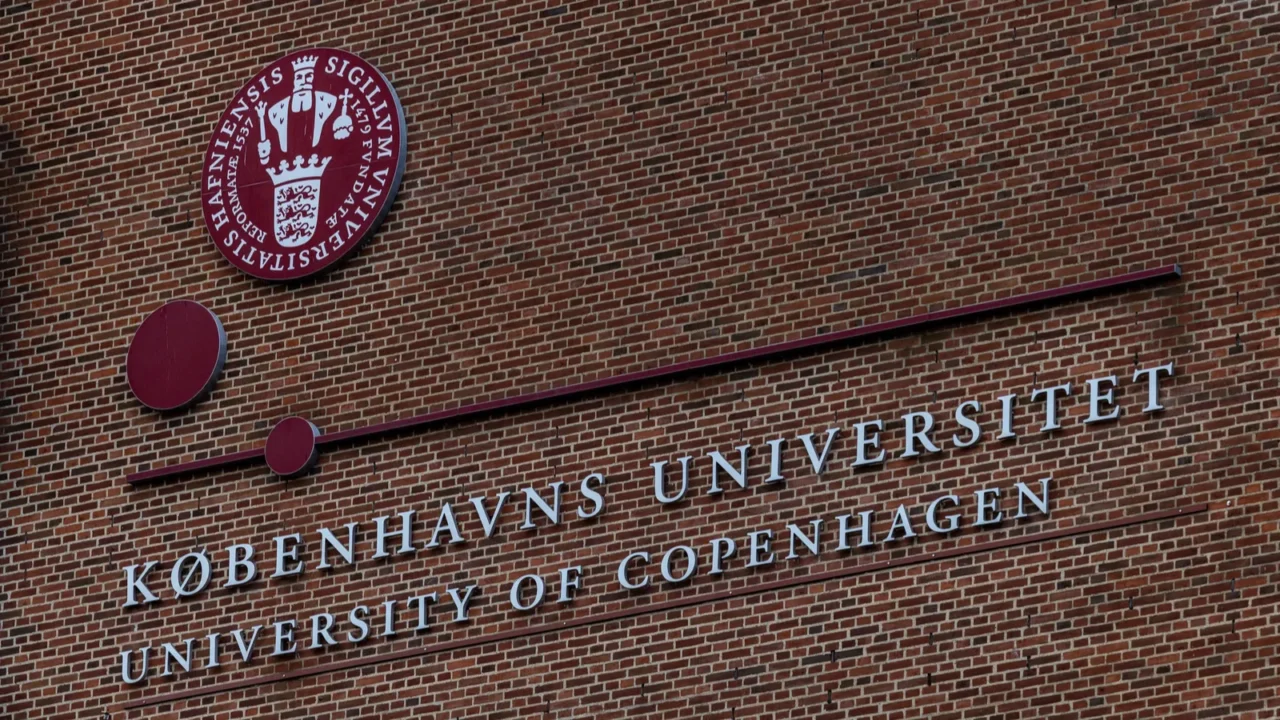
Education system that fosters innovation
Copenhagen values education and lifelong learning. Its open-access, affordable educational system ensures that all citizens can continue to grow intellectually, fostering a culture of innovation.
This focus on learning isn’t limited to school-age children. The city supports adults in furthering their knowledge, which strengthens the city’s overall competence and contributes to a thriving economy, making it a place where education fuels happiness.

Work-life balance plays a big role
Copenhagen residents enjoy a balanced life with a typical 37-hour workweek. This allows plenty of time for personal activities, family life, and recreation, which are crucial for happiness.
The emphasis on work-life balance is supported by policies that prioritize personal time. With a focus on quality of life, Copenhagen proves that a well-balanced lifestyle leads to a healthier, happier population.
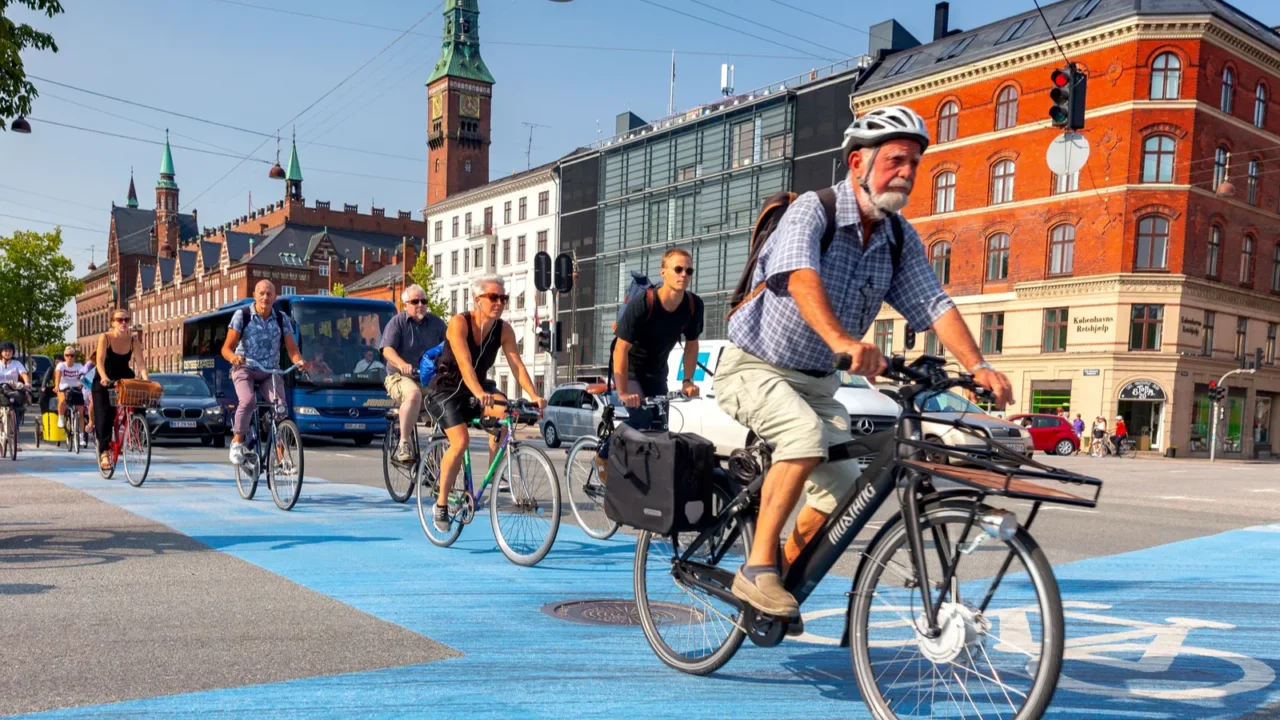
The concept of hygge: Cozy living
Copenhagen’s happiness can also be credited to a unique cultural concept known as hygge. This idea revolves around coziness, warmth, and contentment, shaping the city’s social atmosphere.
Public spaces and events are designed to foster community engagement, where people can relax, chat, and build relationships. Hygge is the heart of Copenhagen’s social life, bringing people together and creating a deep sense of belonging.
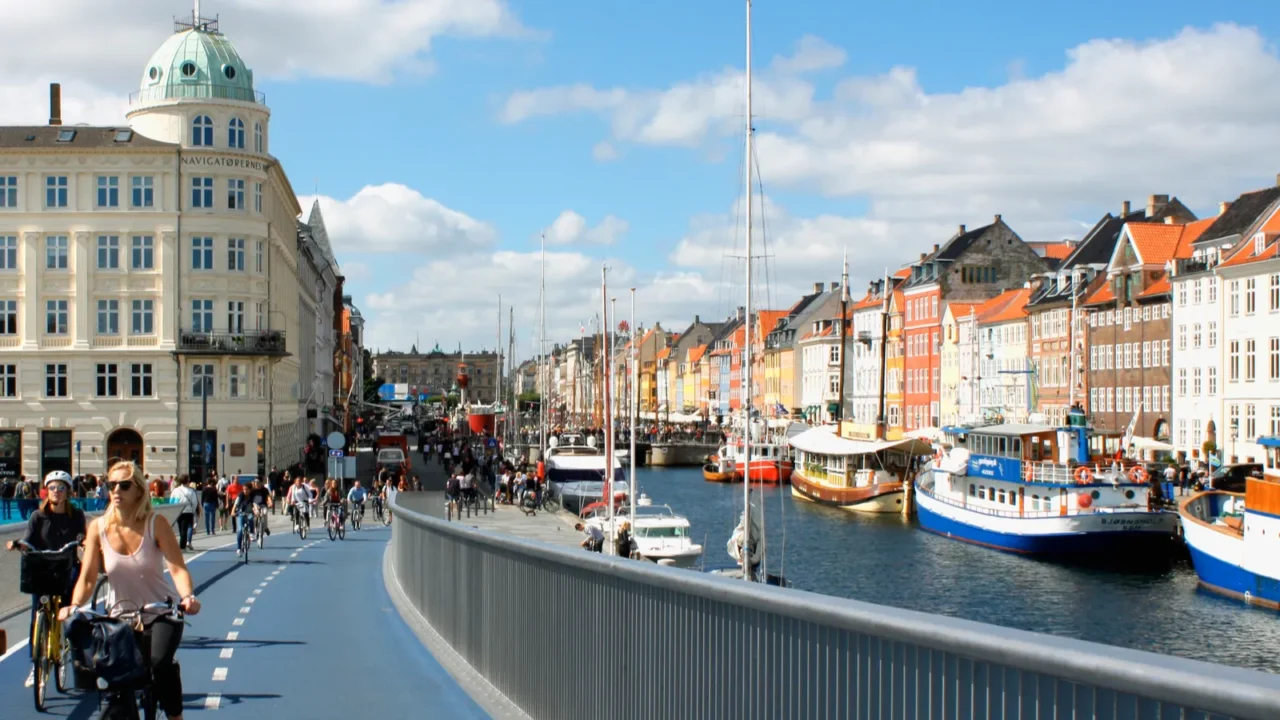
Citizen engagement and governance
Transparency and citizen participation in decision-making are key components of life in Copenhagen. The city government works closely with residents to tackle issues such as housing affordability.
This active involvement boosts trust between citizens and the government, empowering people to take an active role in shaping their community. It’s this collaborative approach that strengthens Copenhagen’s reputation as a city where people feel heard and valued.
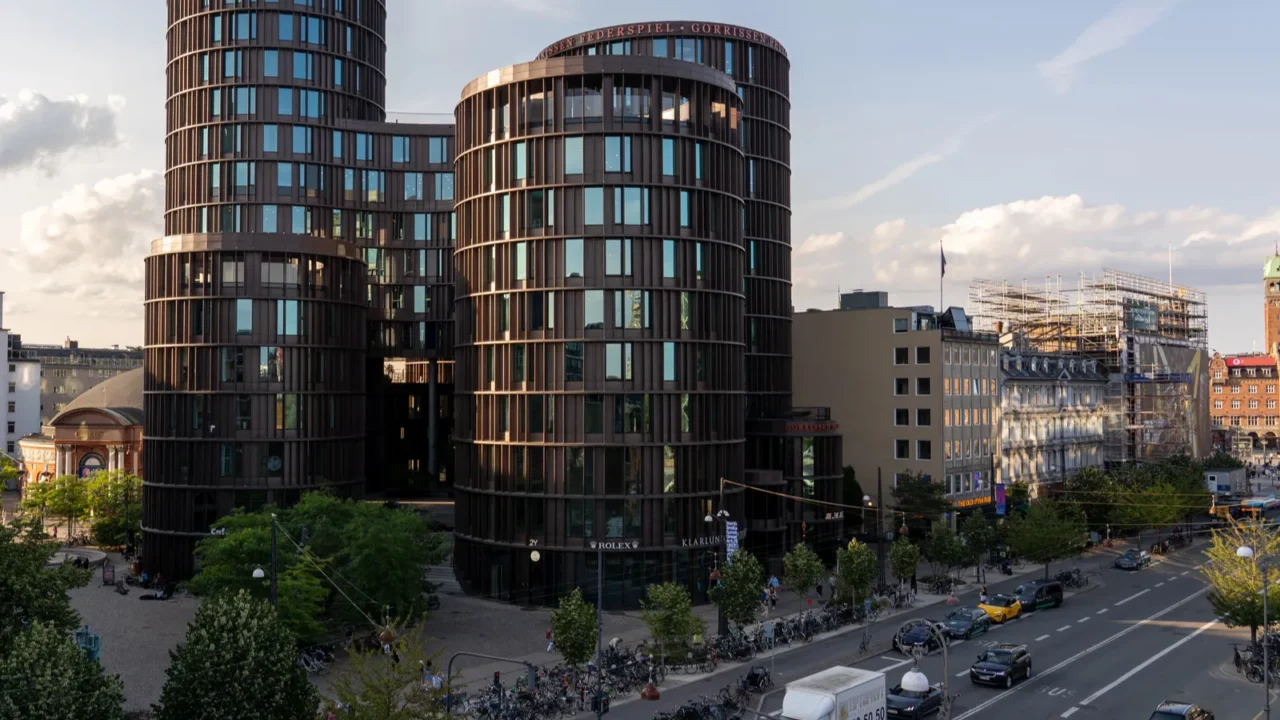
Economic stability and prosperity
Copenhagen enjoys a strong economy, contributing to a high standard of living for its residents. With low unemployment and high income levels, the city provides economic opportunities for all.
Economic stability is a key driver of happiness, as it offers people the security to pursue their personal and professional goals. Copenhagen’s economy is built on a foundation of innovation and inclusivity, ensuring prosperity for everyone.
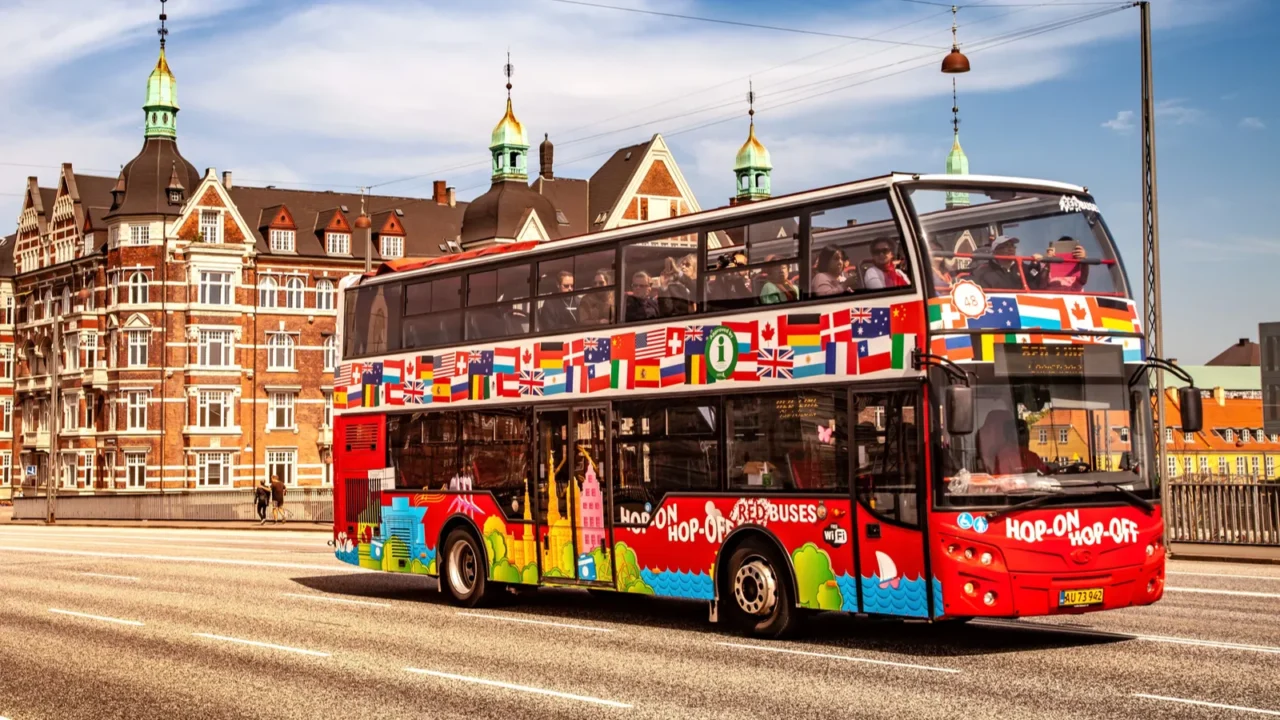
Quality public transportation and mobility
Copenhagen’s transportation system is one of the best in the world, featuring efficient and sustainable modes of travel. Whether by bike, bus, or metro, getting around the city is easy and eco-friendly.
The focus on mobility contributes to both the city’s sustainability and the happiness of its residents. A reliable public transport system allows people to move freely, reducing stress and increasing overall satisfaction with daily life.
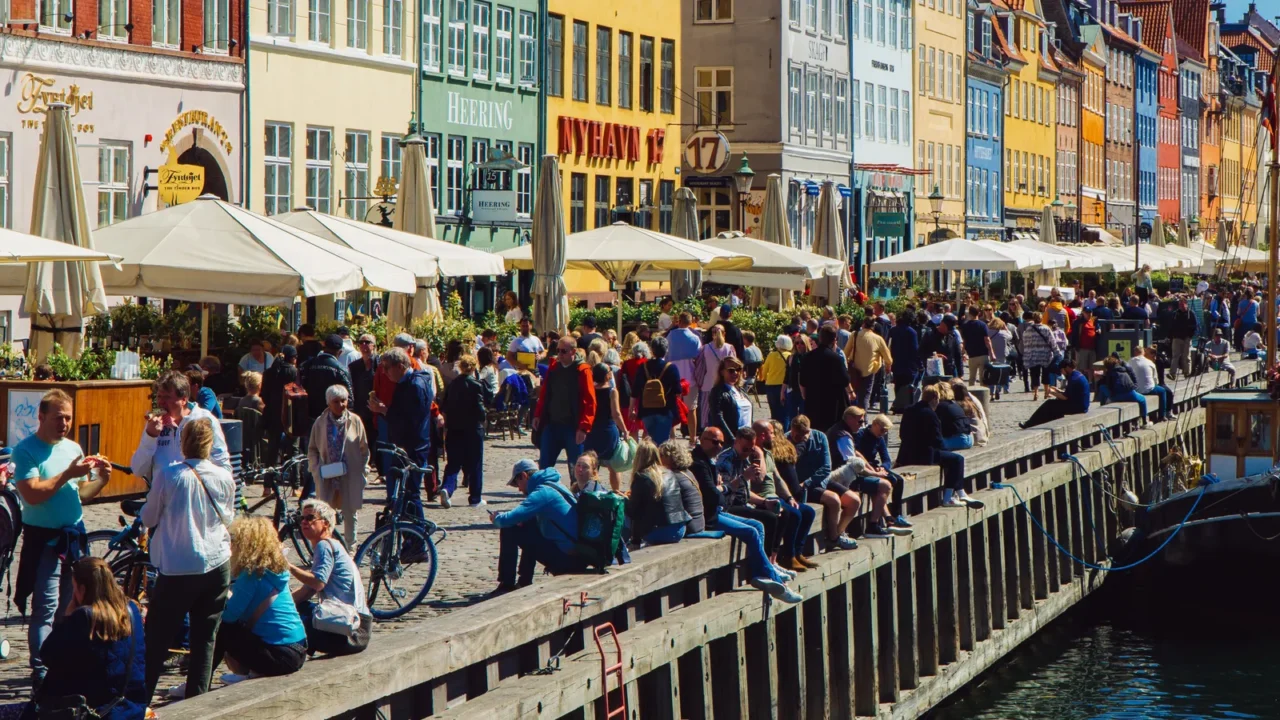
The importance of community spaces
Copenhagen is designed to encourage social interaction. The city boasts numerous public spaces where people can gather, whether in parks, cafes, or cultural hubs.
These spaces promote not only social interaction but also a sense of belonging. The city’s architecture and urban planning create an environment where people naturally come together, contributing to the collective happiness of the community.
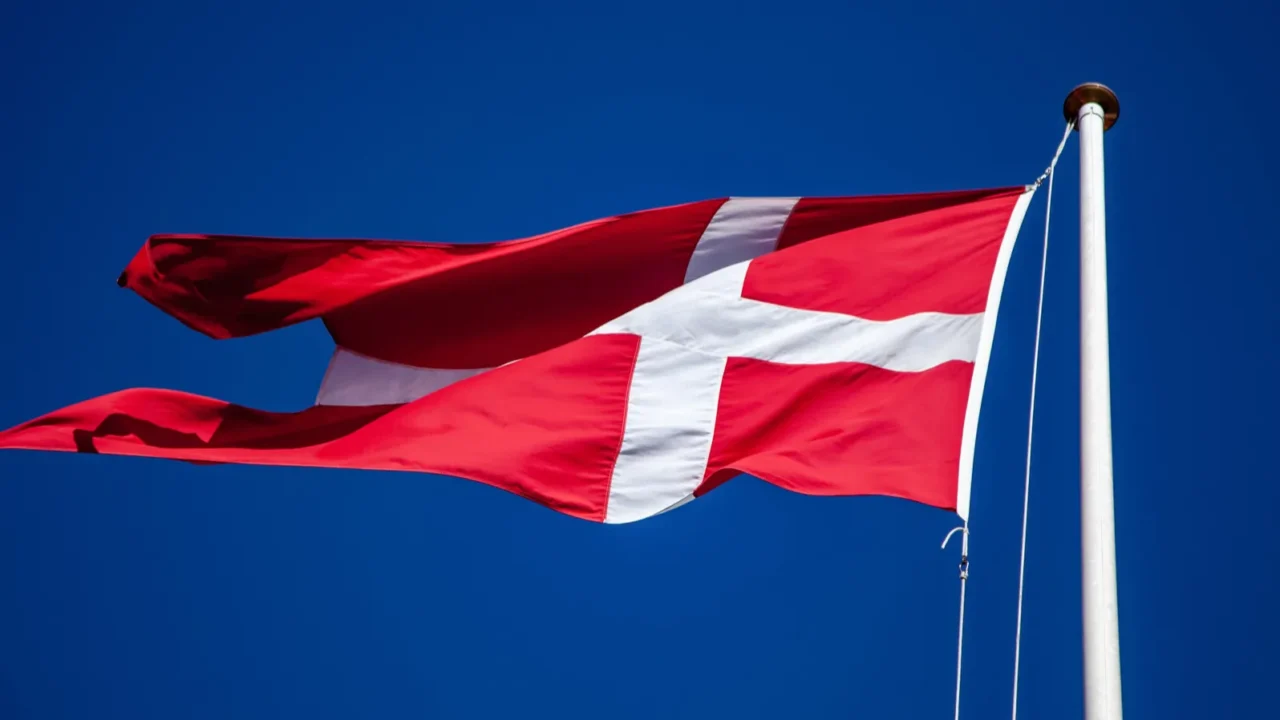
Government’s role in happiness
Copenhagen’s government is a key player in the city’s happiness, focusing on sustainability and innovation. The CPH 2025 Climate Plan aims for carbon neutrality by promoting green growth, low-emission mobility, and eco-friendly urban planning.
Recent initiatives, such as “CopenPay,” reward tourists for sustainable actions, earning international praise. The government’s focus on digital innovation, including open data policies and digital infrastructure, supports citizens and enhances decision-making.
This combination of initiatives helps foster a strong sense of community and well-being.
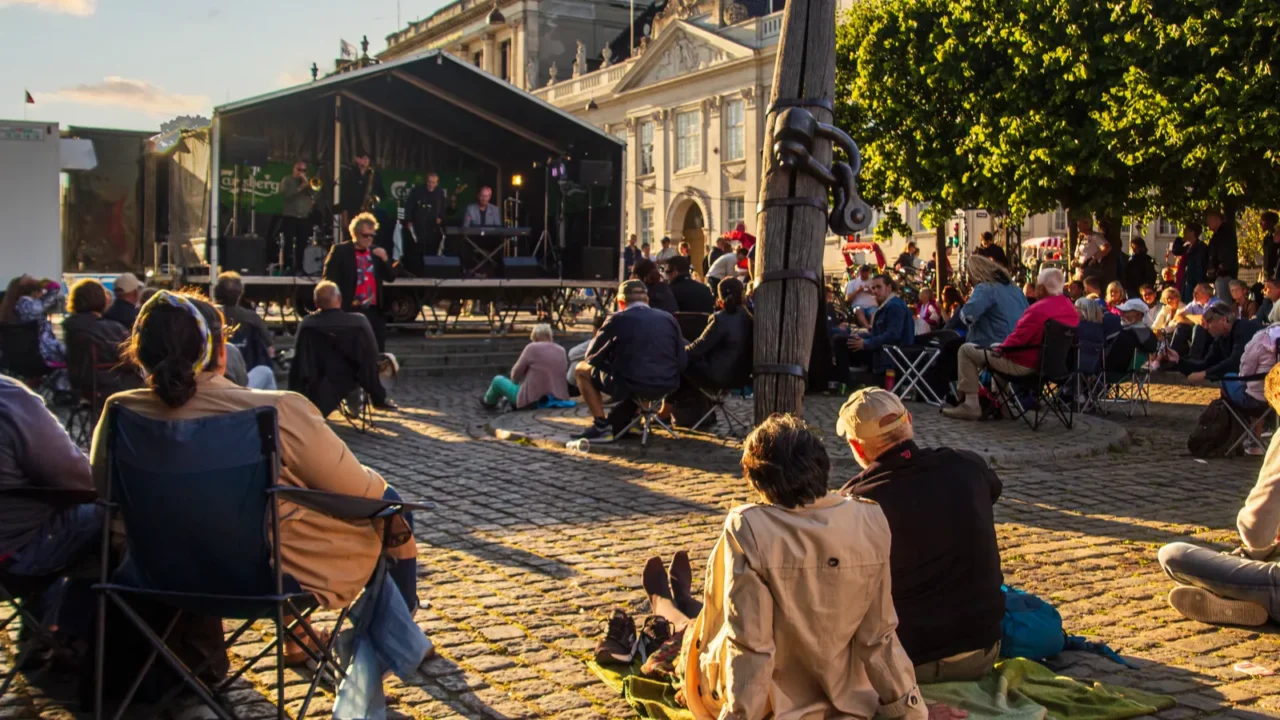
A thriving cultural scene
The city’s cultural scene is vibrant, with numerous festivals, art exhibitions, and performances taking place throughout the year. Copenhagen fosters a creative atmosphere that encourages self-expression and artistic endeavors.
This cultural richness adds to the overall well-being of residents, providing them with opportunities to experience art, music, and literature. The city’s cultural offerings enhance the quality of life and contribute to Copenhagen’s top position on the Happy City Index.

Living in harmony with nature
Copenhagen’s focus on integrating nature with urban living is a significant factor in its happiness ranking. The city is full of green spaces, from lush parks to waterfronts, where residents can escape the hustle and bustle.
This connection to nature not only improves the environment but also provides psychological benefits. Spending time in nature has been shown to reduce stress, enhance mood, and contribute to a higher quality of life.
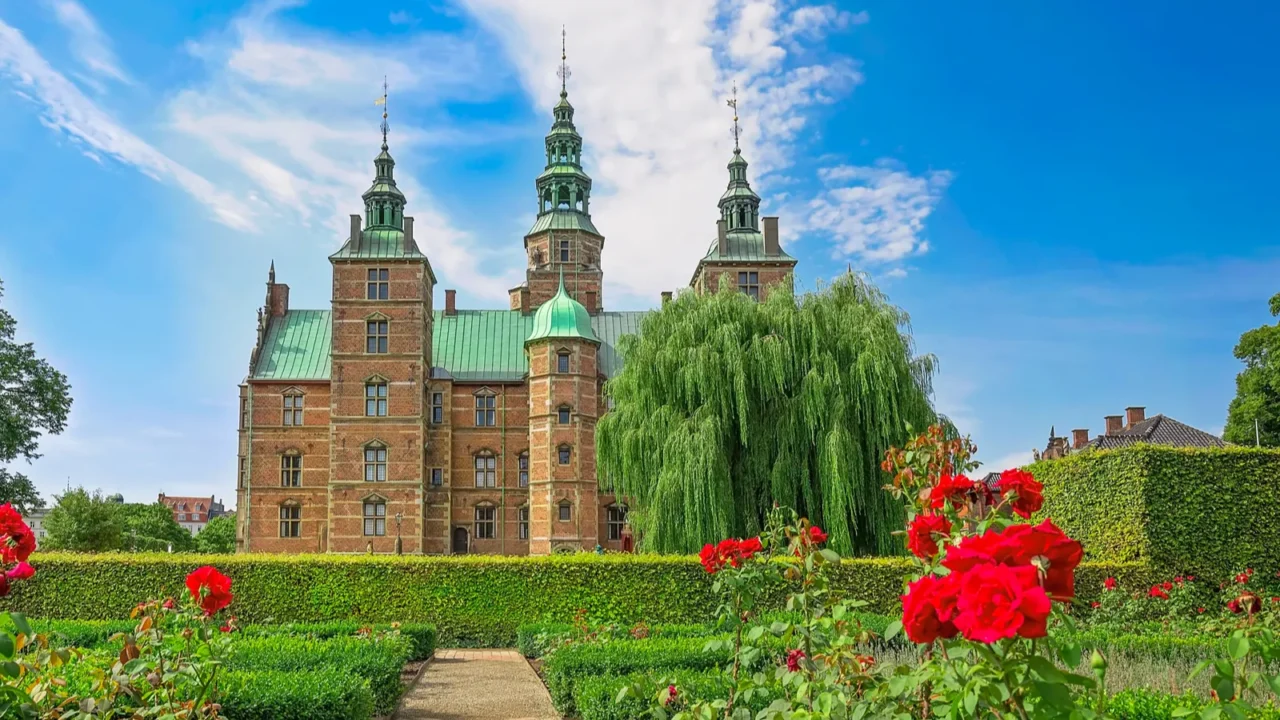
Rich history and happiness go hand in hand
Copenhagen’s rich history is not only a window into the past but also a key element in the city’s happiness. The city’s deep historical roots, from its medieval streets to magnificent palaces, create a sense of pride and connection among its residents.
The iconic Amalienborg Palace and Rosenborg Castle are not just architectural marvels; they serve as symbols of Denmark’s royal heritage, adding to the city’s identity.
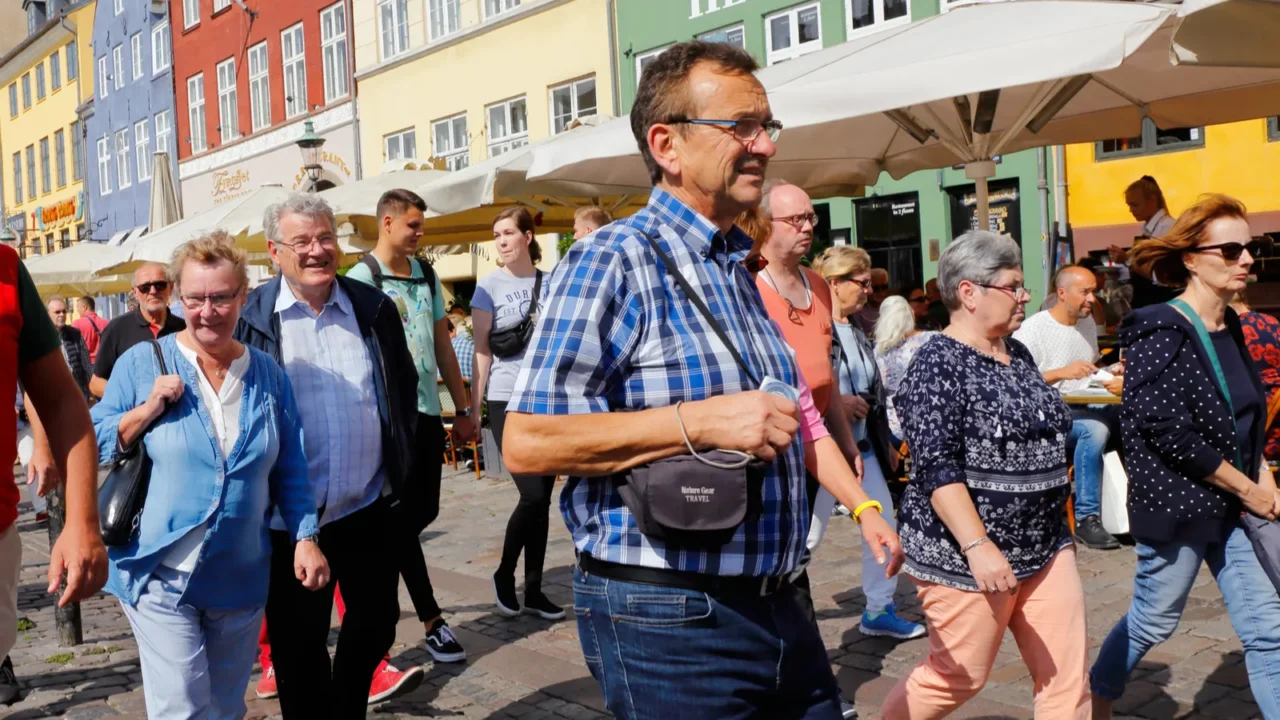
How the Happy City Index works
The 2025 Happy City Index takes into account 82 indicators across six key categories: citizens, governance, environment, economy, health, and mobility. These factors are analyzed to determine which cities offer the best quality of life.
Copenhagen’s high score in all of these categories reflects the city’s holistic approach to urban planning. By addressing multiple facets of life, Copenhagen sets a standard for what a happy city should look like.
The internet is also discussing the world’s best cities to visit in 2025.
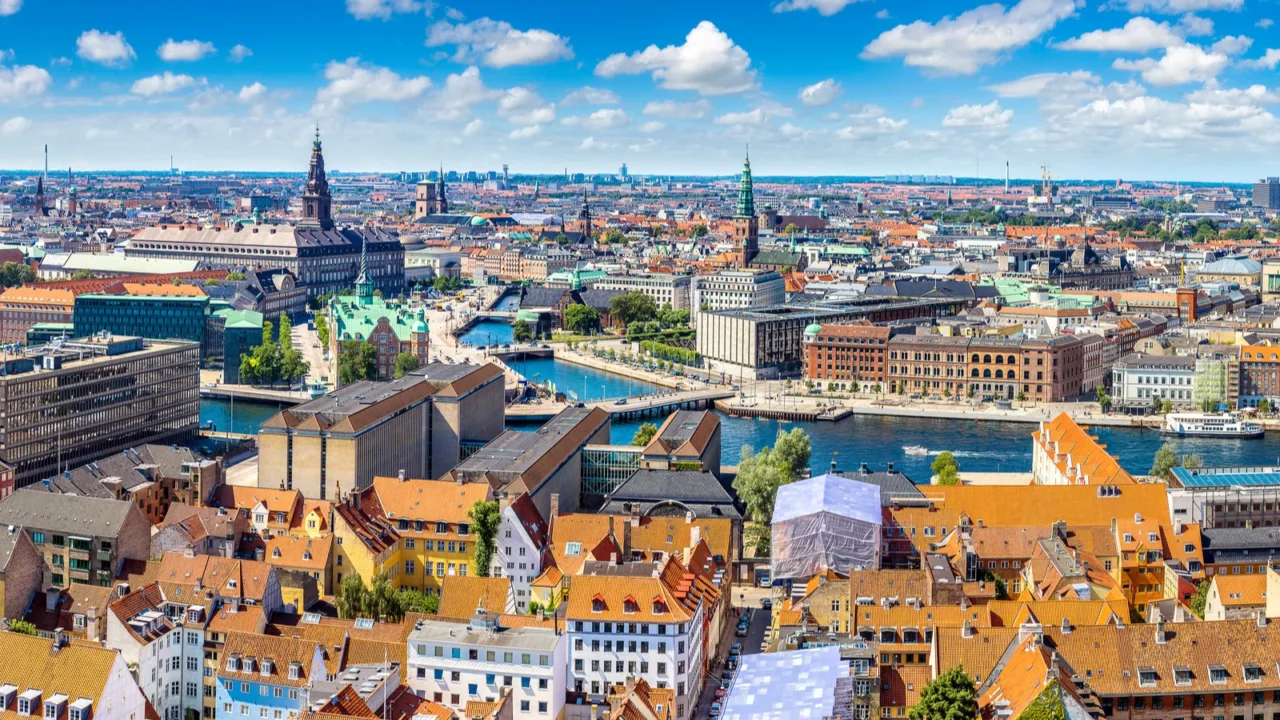
Copenhagen vs. other top cities
Copenhagen topped the 2025 Happy City Index with a score of 1,039, surpassing cities like Zurich and Singapore. While Zurich boasts a strong economy and Singapore is known for its modern infrastructure, Copenhagen excels in overall well-being.
The city’s holistic approach to happiness, combining sustainability, healthcare, education, and citizen engagement, makes it a role model for other cities worldwide. Copenhagen proves that happiness isn’t just about wealth or infrastructure; it’s about the people.
While Copenhagen rules the world, these U.S. cities are rising to bring out the best in happiness. Discover the top happiest U.S. cities to live in, according to a new study.
Share your thoughts in the comments below. We’d love to hear how you think Copenhagen’s happiness model can inspire other cities.
Read More From This Brand:
- 15 challenging countries for solo female travelers and why
- Best budget-friendly cities in Europe for 2025
- China ditches US, joins Europe in boosting tourism
Don’t forget to follow us for more exclusive content right here on MSN.
This slideshow was made with AI assistance and human editing.